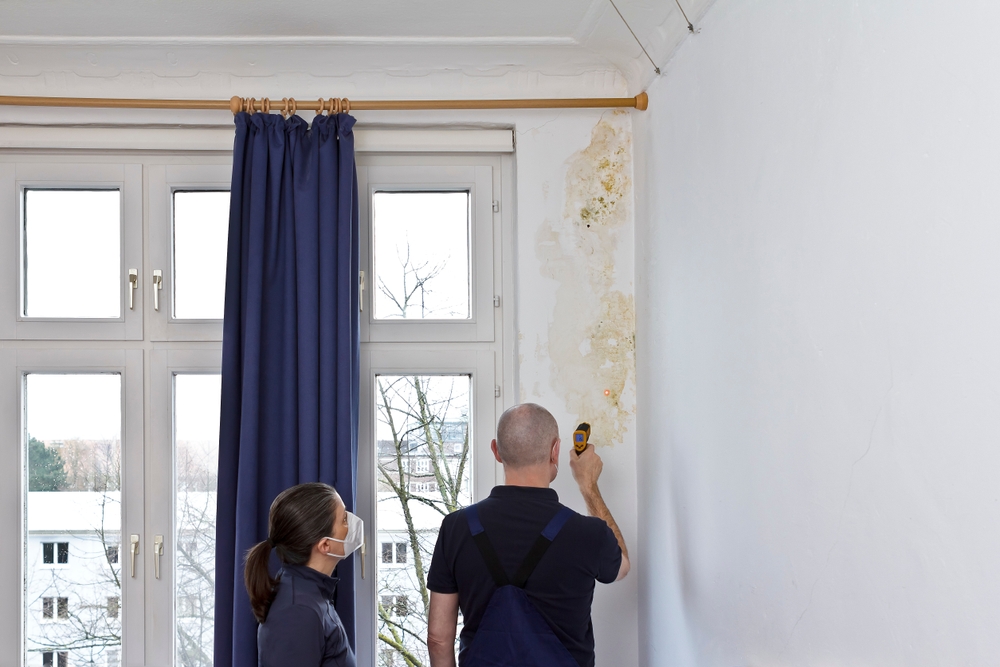Understanding the lifespan of insulation in New Orleans is crucial for homeowners aiming to maintain energy efficiency and comfort. The longevity of insulation varies based on the material used, environmental factors, and installation quality. In New Orleans, with its unique climate challenges, it’s essential to choose the right insulation and know when replacement is necessary.
Factors Influencing Insulation Lifespan
Climate Considerations
New Orleans’ hot, humid summers and mild, wet winters can significantly impact insulation performance. High humidity levels can introduce moisture into insulation materials, leading to reduced effectiveness over time. Additionally, the region’s susceptibility to hurricanes and heavy rainfall can cause water damage, further compromising insulation integrity.
Types of Insulation and Their Lifespans
- Fiberglass Insulation: Typically lasting between 80 to 100 years under ideal conditions, fiberglass is a popular choice due to its cost-effectiveness. However, in New Orleans’ humid environment, its lifespan may be shorter, especially if exposed to moisture, which can lead to mold growth and material degradation.
- Cellulose Insulation: Made from recycled paper treated for fire and pest resistance, cellulose insulation has an average lifespan of 20 to 30 years. Its tendency to absorb moisture makes it less ideal for humid climates like New Orleans, as it can settle or clump, reducing its insulating properties.
- Spray Foam Insulation: Known for its durability and excellent sealing properties, spray foam can last the lifetime of a building if properly installed. It resists moisture infiltration, making it well-suited for New Orleans’ climate. However, exposure to UV rays and physical damage can affect its longevity.
- Mineral Wool (Rock Wool) Insulation: This insulation is durable and resistant to fire, moisture, and mold, contributing to its long lifespan. Minimal maintenance is required for effectiveness, but replacement might be needed under certain conditions despite its inherent longevity.
Signs It’s Time to Replace Your Insulation
Even with high-quality materials, insulation can deteriorate due to environmental factors. Homeowners in New Orleans should watch for:
- Increased Energy Bills: A sudden rise in heating or cooling costs may indicate that insulation is no longer performing efficiently.
- Uneven Temperature Distribution: Rooms that are consistently hotter or colder than others suggest compromised insulation.
- Moisture Issues: Visible signs of water damage, mold, or mildew on walls or ceilings can mean insulation has been breached by moisture.
- Pest Infestations: Rodents or insects nesting in insulation can damage the material, reducing its effectiveness.
Enhancing Insulation Longevity in New Orleans
To maximize the lifespan of insulation in New Orleans, consider the following:
- Regular Inspections: Periodic checks can identify early signs of wear or damage, allowing for timely maintenance or replacement.
- Proper Installation: Ensuring insulation is correctly installed can prevent issues like air leaks and moisture infiltration. Professional installation is recommended to achieve optimal performance.
- Moisture Control: Utilizing vapor barriers and maintaining roof integrity can help protect insulation from New Orleans’ high humidity and rainfall.
- Choosing Appropriate Materials: Opt for insulation types that perform well in humid climates. Spray foam, for instance, offers excellent moisture resistance and longevity.
Conclusion
Maintaining effective insulation in New Orleans is vital for energy efficiency and home comfort. Given the city’s unique climate challenges, selecting the right insulation material and ensuring proper installation are key. Regular maintenance and prompt attention to signs of deterioration can extend the life of your insulation. For professional advice and services tailored to New Orleans’ environment, contact LaPlace Insulation today. Our experts are ready to help you choose and maintain the best insulation solutions for your home.

